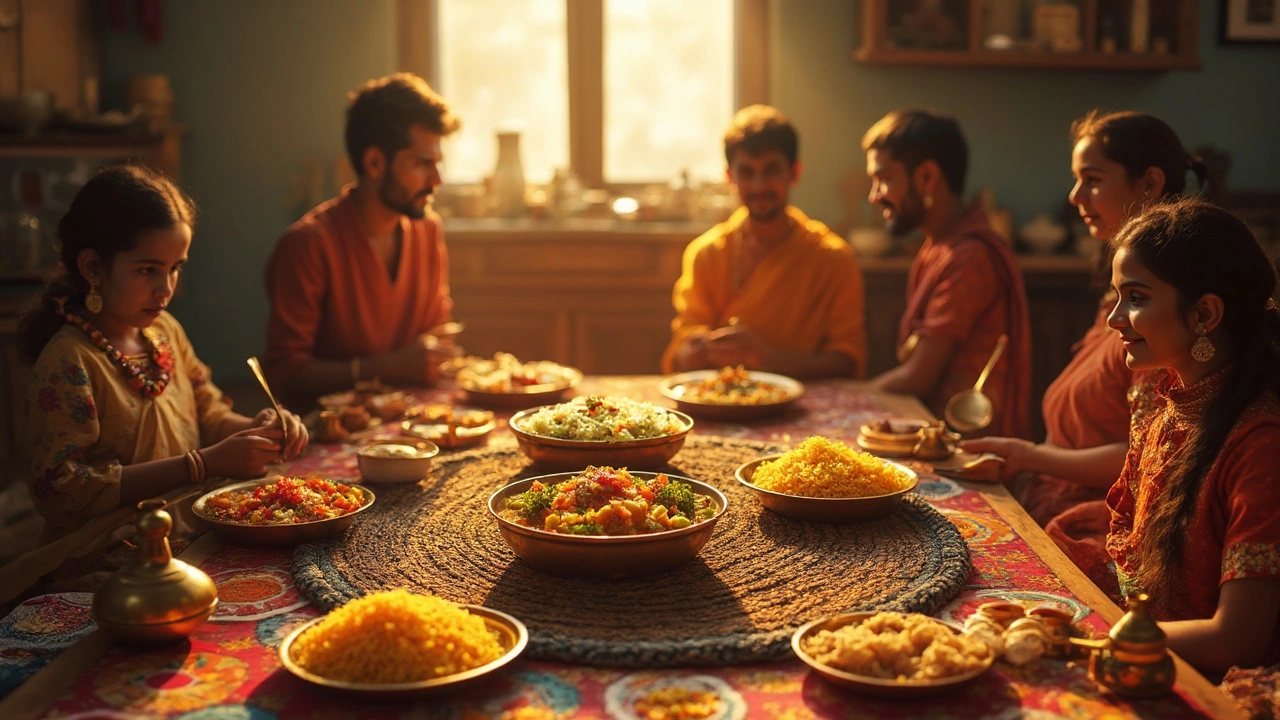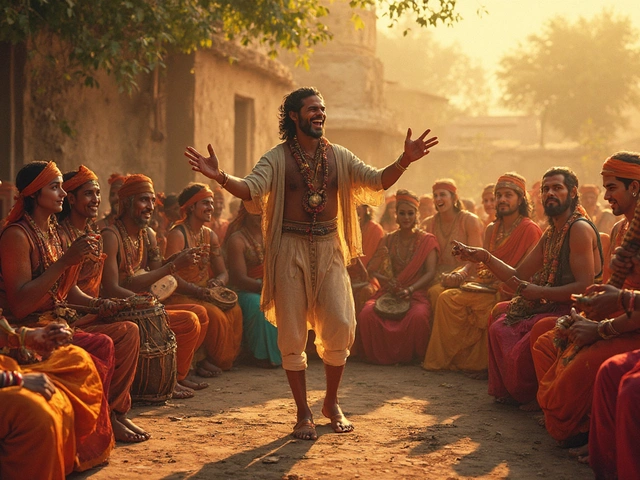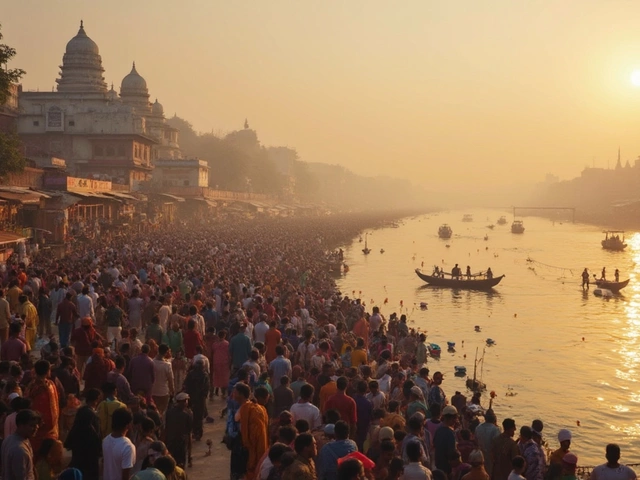Gujarat Cuisine: Authentic Flavors, Street Food, and Traditional Dishes
When you think of Gujarat cuisine, a vibrant, vegetarian-rich food tradition from western India known for its balance of sweet, sour, and spicy flavors. Also known as Gujarati food, it’s not just about what’s eaten—it’s about how it’s made, when it’s eaten, and why it matters in daily life. Unlike other Indian states that rely heavily on meat or rich gravies, Gujarat’s food is built on lentils, millets, dairy, and seasonal vegetables, shaped by centuries of Jain and Vaishnav traditions that favor pure, plant-based meals. You won’t find onion or garlic in many homes, but you’ll find jaggery, sesame, and tamarind working magic in every dish.
What makes Gujarat street food, a bustling, affordable, and deeply cultural eating experience found in cities like Ahmedabad and Surat. Also known as Gujarati snacks, it’s where the real soul of the cuisine shines—crispy fafda, golden jalebi dipped in syrup, spicy khandvi rolls, and crunchy sev puri that crunches with every bite. These aren’t just snacks; they’re rituals. You eat them at dawn with chai, during evening markets, or as offerings at temples. And yes, they’re mostly vegetarian, but don’t mistake that for bland—Gujarati food uses flavor like a language, not a decoration. The region’s food also ties closely to its Indian vegetarian cuisine, a broad category of plant-based eating traditions across India, rooted in religion, agriculture, and climate. Also known as vegetarian Indian food, it’s not just a diet—it’s a cultural identity. Gujarat takes it further by turning simplicity into art: a bowl of dal, a spoon of chutney, and a roti can feel like a feast because every ingredient is chosen with care and timing. You’ll also notice how the food changes with the seasons—monsoon brings poha and dabeli, winter calls for undhiyu (a mixed vegetable casserole cooked upside down in earthen pots), and festivals like Navratri mean special fasting foods made from singhara flour and kuttu.
What you’ll find in the articles below is a real, unfiltered look at what this cuisine is made of—the stories behind the snacks, the hands that make them, and the places you won’t find on tourist maps. From the sweetest jalebi in Vadodara to the quiet temple kitchens that serve food to thousands daily, this isn’t just a food guide. It’s a window into how culture, faith, and daily rhythm shape what ends up on your plate. Whether you’re planning a trip, curious about vegetarian eating, or just love good food, you’ll walk away knowing why Gujarat’s flavors stick with you long after the last bite.





